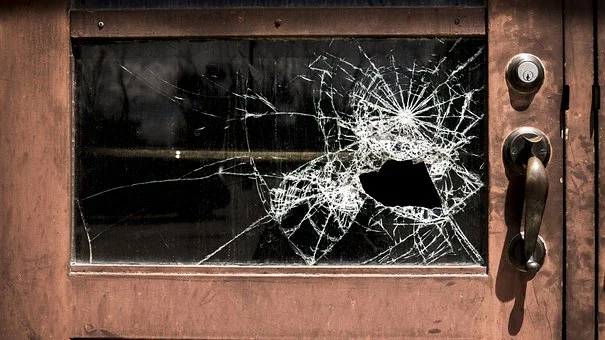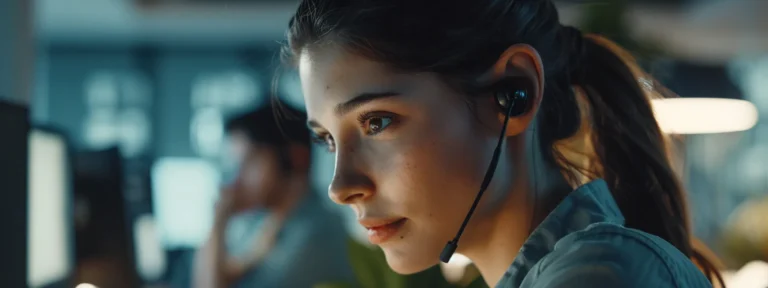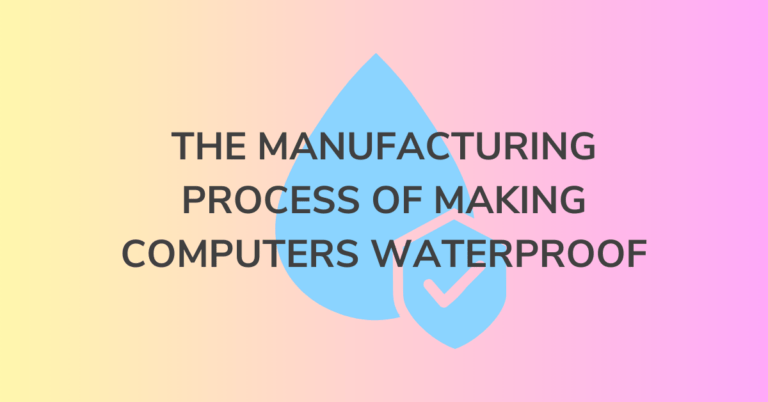Innovative Technology: The Role Of 3D Printing In Modern Education

The introduction of 3D printing into the educational sector marks a significant evolution in teaching methodologies.
This innovative technology not only complements traditional learning approaches but significantly enhances the scope of visual and practical learning.
By enabling the production of tangible models, 3D printing provides students with hands-on experience, bridging the gap between theoretical knowledge and real-world application.
The use of 3D printers in classrooms across various educational levels—from primary to higher education—promises to cultivate an environment of creativity, innovation, and problem-solving.
Integrating 3D Printing In The Classroom
To effectively integrate 3D printing technology into educational settings, schools must consider various strategic and practical factors.
The selection of a suitable 3D printer, understanding its operational capabilities, and maintaining the equipment are critical to harnessing its full educational potential.
This process involves evaluating technological requirements, budget constraints, and the educational objectives of the institution.
Choosing The Right 3D Printer For Educational Needs
When selecting a 3D printer for educational purposes, it’s paramount to consider the printer’s compatibility with various materials, its ease of use, and the educational value it offers.
Models like the Flashforge Creator Pro 2 and Dremel 3D45 EDU are specifically designed for educational environments, offering features that cater to the needs of students and teachers alike.
These printers support multiple materials, come with educational resources, and are built to ensure ease of use in a classroom setting.
Effective Utilization Of 3D Printers In Education
To maximize the educational benefits of 3D printing, teachers should integrate the technology into the curriculum through project-based learning and real-world problem-solving scenarios.
This not only enhances students’ engagement and learning outcomes but also prepares them for future technological landscapes.
Training for teachers, along with appropriate lesson plans, can facilitate this integration, making the technology more accessible and impactful for students.
Maintenance And Repair Of 3D Printers
Maintaining a 3D printer in an educational setting is vital to ensure its longevity and functionality.
Regular maintenance tasks include cleaning the extruder, updating software, and checking for any mechanical issues.
For repairs, services like those offered by MT Unirepair provide specialized support, ensuring that printers continue to function effectively and reliably, minimizing downtime and maintaining a seamless learning experience.
Expanding Educational Horizons Through 3d Printing
3D printing is revolutionizing the educational landscape by offering an immersive, interactive method to explore complex subjects across various disciplines.
By transforming digital designs into physical models, 3D printing encourages a hands-on approach to learning that enhances student engagement and facilitates a deeper understanding of the material.
Enhancing Visual And Practical Learning
In the classroom, 3D printing has enabled innovative learning scenarios that range from architectural students creating detailed models of buildings to chemistry students producing molecular structures.
This visual and tactile method of learning helps students grasp complex concepts more readily and retains their interest in the subject matter.
For example, biology students can explore human anatomy in a more interactive manner by printing organs and skeletal parts, which helps them understand their functions and interconnections more deeply.
Fostering Interdisciplinary Collaboration
3D printing serves as a bridge across different academic disciplines, promoting an interdisciplinary approach to education.
students in art and engineering can collaborate on projects that combine aesthetics and functionality, such as designing and creating artistic yet practical objects.
This collaborative environment is further enriched in makerspaces, where students from various backgrounds share knowledge and tools, tackling projects that require a broad range of skills.
Developing Critical Skills And Innovation
The use of 3D printing in education cultivates critical thinking, creativity, and problem-solving skills.
Through projects that require design, iteration, and troubleshooting, students engage in an iterative learning process that mirrors real-world challenges.
Schools like CREATE Education provide platforms for educators to share resources and teaching materials that integrate 3D printing, thereby enhancing the educational process and preparing students for future technological landscapes.
Enhancing Innovative Thinking With 3D Printing In Education
3D printing in the classroom isn’t just a technological upgrade; it’s a paradigm shift in educational methodology.
This powerful tool transforms abstract concepts into tangible realities, fostering an innovative mindset that is instrumental for success in the 21st-century workforce.
Revolutionizing Problem-Solving Skills
In classrooms around the globe, 3D printing has transformed the way students approach problem-solving.
In geometry classes, students can print 3D models of complex shapes to better understand spatial relationships and volume calculations.

This hands-on approach helps demystify abstract mathematical concepts and encourages students to experiment and explore creative solutions to problems.
In environmental science, 3D printing has enabled students to create models of water filtration systems, allowing them to understand and solve real-world issues concerning sustainable living.
Driving Innovation Through Design Thinking
3D printing serves as a catalyst for design thinking by allowing students to iterate designs rapidly.
At Stanford University’s d.school, students use 3D printing to prototype designs in courses that range from product design to social innovation.
This process empowers students to visualize and refine their ideas quickly, turning abstract concepts into prototypes that can be tested and improved in real-time.
In architecture programs, for example, students utilize 3D printing to create scale models of their designs, which helps them understand the aesthetics and functionality of their structures before actual construction begins.

Encouraging Interdisciplinary Learning And Collaboration
3D printing fosters a collaborative environment that encourages students to engage across disciplines.
Engineering students at the Massachusetts Institute of Technology (MIT) collaborate with their counterparts in the biology department to design and print custom lab equipment, which is cheaper and more tailored to their research needs than commercially available products.
This not only reduces costs but also enhances the educational experience by integrating engineering design with practical biological applications.
Such interdisciplinary projects prepare students for the collaborative nature of modern scientific and engineering challenges, fostering a community of learning that extends beyond traditional classroom boundaries.
Endnote
As 3D printing continues to expand its influence across various educational sectors, it not only enriches learning environments but also equips students to tackle global challenges with innovative solutions.
This technology emphasizes sustainability in design and engineering, encouraging students to consider environmental impacts in their projects, a critical aspect of modern education that prepares them for responsible and impactful careers.







